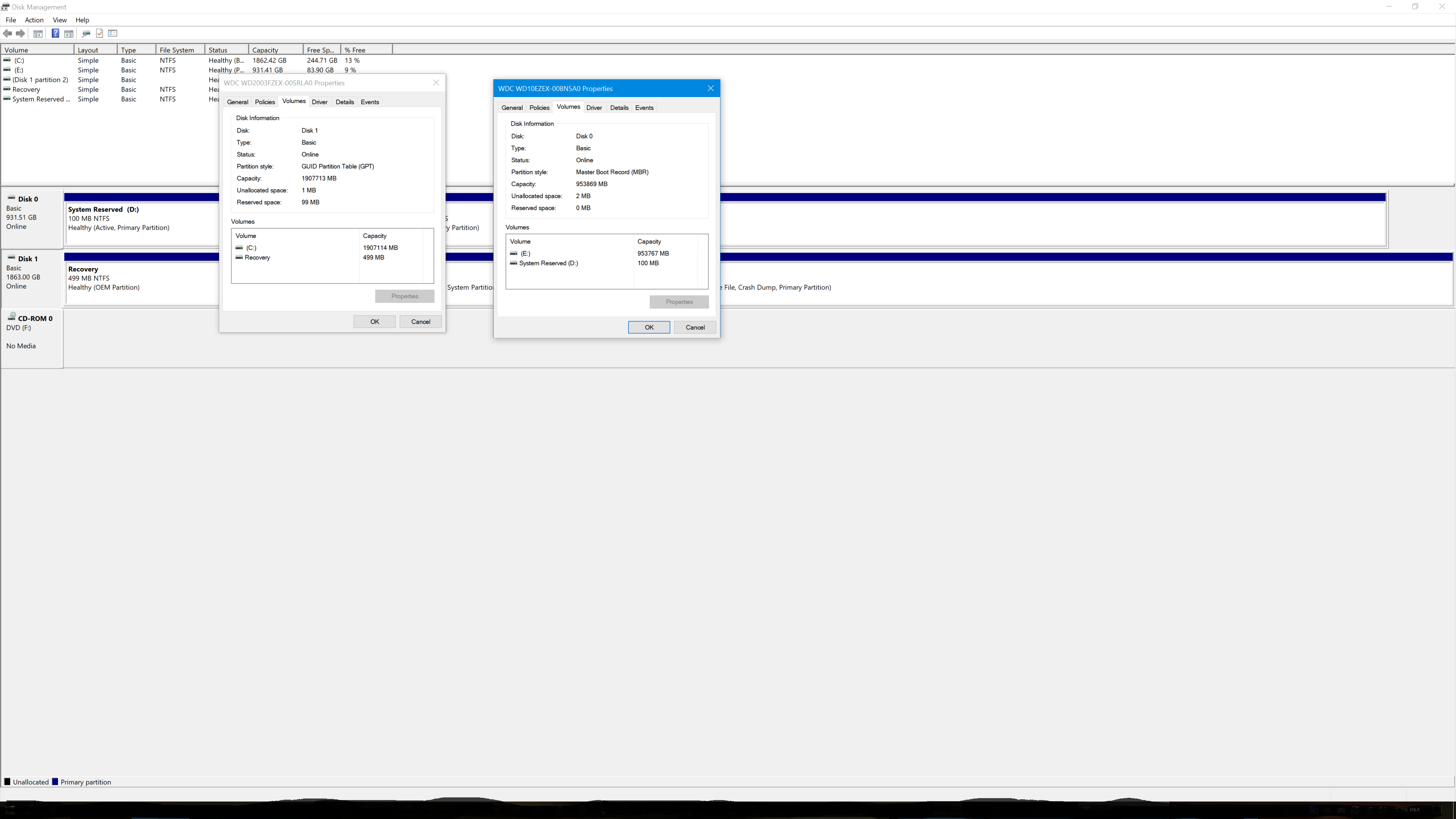Hello, I have a MSi z390 MPG Gaming Pro AC motherboard which is Resize Bar compatible and a EVGA RTX 3090 XC3 Ultra and was just had some questions about the configurations that are needed to use Resizeable Bar.
As far as I know, 11th and 12th gen intel cpus are supported, but with the most recent update to my motherboard I was interested in seeing if my 9700k cpu would work with Resizeable Bar.
One problem with Resizeable Bar compatibility with 9th gen motherboards that I've read is that users are required to disable CSM (or Legacy) Boot in BIOs or they will face a black screen when enabling Resizeable Bar. For my setup I made sure that I my Windows HD was formated and running in UEFI mode, not Legacy. While my Windows is indeed formatted in UEFI I've realized that my second hdd is formated in Legacy mode, this my current Boot setting in bios is actually Legacy/UEFI Boot.
My question is, do I have to set my BIOS to UEFI Boot only? And if so, would that make my secondary storage hdd that's donated in Legacy mode not detectable when booting I'm UEFI only mode?
As far as I know, 11th and 12th gen intel cpus are supported, but with the most recent update to my motherboard I was interested in seeing if my 9700k cpu would work with Resizeable Bar.
One problem with Resizeable Bar compatibility with 9th gen motherboards that I've read is that users are required to disable CSM (or Legacy) Boot in BIOs or they will face a black screen when enabling Resizeable Bar. For my setup I made sure that I my Windows HD was formated and running in UEFI mode, not Legacy. While my Windows is indeed formatted in UEFI I've realized that my second hdd is formated in Legacy mode, this my current Boot setting in bios is actually Legacy/UEFI Boot.
My question is, do I have to set my BIOS to UEFI Boot only? And if so, would that make my secondary storage hdd that's donated in Legacy mode not detectable when booting I'm UEFI only mode?



